How Exercises Transform the Aging Process
Aging is inevitable, but how we age is not. Among all the factors that influence the pace of the aging process, exercise stands out as one of the most powerful. Regular physical activity doesn’t just help you look and feel younger, it can actually slow the aging process at the cellular level. From building strong bones and muscles to supporting heart health, sharpening cognition and boosting mood, exercise is a proven tool for extending both health span and quality of life.
Aging is an unavoidable part of life. However, some people tend to look and feel younger than they are. Though many factors could slow the aging process, exercise is an absolutely vital component. You can choose any physical activity to get your blood pumping, such as jogging, swimming, gardening, or walking a pet. Those with conditions requiring extra assistance may prefer physical therapy, featuring guided movements with a trained professional. Not only will they customize the program, but they’ll also offer information on diet, lifestyle changes, and benefits, including those discussed below.
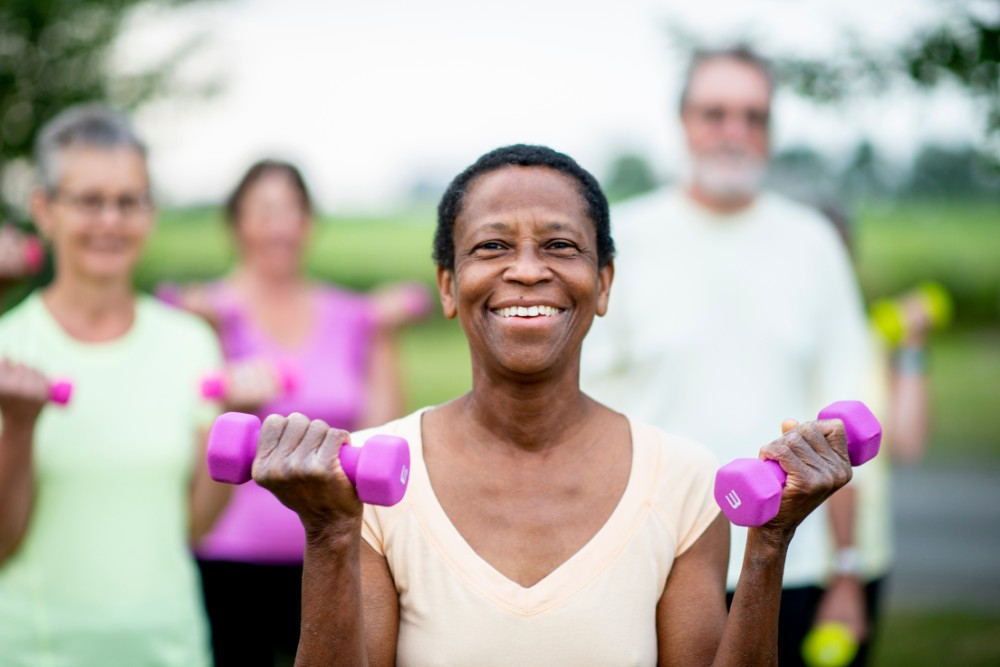
The Link Between Exercise and the Aging Process
When you exercise, your muscles aren’t the only part of you that jump into action. Several internal functions are activated, sending oxygenated blood throughout the body and releasing endorphins. These functions improve overall health in various ways, slowing deterioration and keeping you young.
Bone, joint, and muscle strength
As we age, bones lose density and weaken from conditions like osteoporosis. Though you can’t always prevent such deterioration, exercise may slow this aging process. According to experts, weight-bearing and strength-training activities increase density for stronger bones.
Physical activity also benefits your joints, improving circulation to reduce inflammation and increase moisture and nutrient absorption. The synovial membrane lubricates the joints for decreased stiffness while movement increases flexibility, balance, and coordination.
Muscle mass naturally decreases as we age, becoming leaner while body fat percentage increases. Regular exercise prevents these issues by promoting weight loss and strengthening your muscles. Strength training is also vital for managing various age-related conditions, including heart disease, arthritis, and diabetes.
Blood circulation & stronger heart and brain
Your circulatory system carries nutrient-rich oxygenated blood from your heart to the rest of your body. Over time, poor lifestyle choices and chronic health conditions reduce blood flow. Weight gain from inactivity also affects circulation, forcing the heart to work harder when sending blood where it’s needed.
One way exercise alters this aging process is by strengthening your heart. Physical activity builds the heart muscle, improving its blood-pumping ability. Exercise also reduces plaque buildup in the arteries that could restrict blood flow. Blood pressure and blood sugar improve, reducing the risk of cardiovascular complications.
Aging affects brain function, reducing memory and thinking skills while raising stress and anxiety. Cognitive decline often results in dementia and other chronic conditions. The increased circulation from exercise slows the deterioration of these functions for better brain health.
Look 10 – 15 years younger
Exercise not only slows the internal aging process, but it also affects your appearance. This is due to the effects of physical activities on telomeres, which are DNA-protein structures located on the chromosome ends.
Telomeres protect the genome; however, they shorten during natural cellular division. The shorter they get, the quicker you age. Studies show that exercise decreases harmful fat and waste deposits in the body and reduces oxidative stress. Doing so maintains longer telomeres, giving you a younger appearance.
Working out also increases skin elasticity, while sweating removes toxins from the skin. The result is a clear complexion with fewer wrinkles and a healthy glow.
Resources:
- OrthoInfo, Exercise and Bone Health
https://orthoinfo.aaos.org/en/staying-healthy/exercise-and-bone-health/ - Arthritis Foundation, 8 Ways Exercise Helps Your Joints
https://www.arthritis.org/health-wellness/healthy-living/physical-activity/getting-started/8-ways-exercise-helps-joints - Mayo Clinic, Strength training: Get stronger, leaner, healthier
https://www.mayoclinic.org/healthy-lifestyle/fitness/in-depth/strength-training/art-20046670 - NIH, Physical Activity and Your Heart
https://www.nhlbi.nih.gov/health/heart/physical-activity/benefits - CDC, Aug. 13, 2025, Physical Activity Boosts Brain Health
https://www.cdc.gov/physical-activity/features/boost-brain-health.html - PMC, June 8, 2012, Telomeres, lifestyle, cancer, and aging
https://pmc.ncbi.nlm.nih.gov/articles/PMC3370421/ - Wellspring School of Allied Health, April 12, 2018, Six Proven Ways Exercise Makes You Look Younger
https://wellspring.edu/nutrition-and-wellness/six-proven-ways-exercise-makes-look-younger/
This article contains informational and educational materials and does not replace health or medical advice. For questions or concerns regarding your medical condition or health objectives, speak to a qualified physician or healthcare provider.

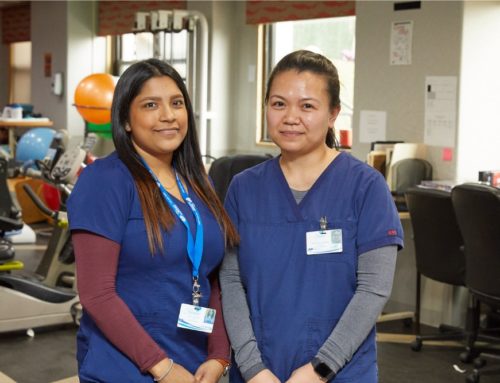
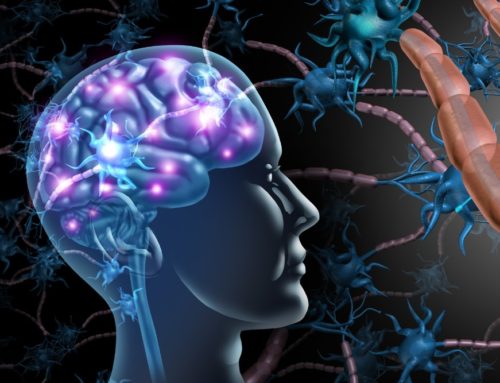
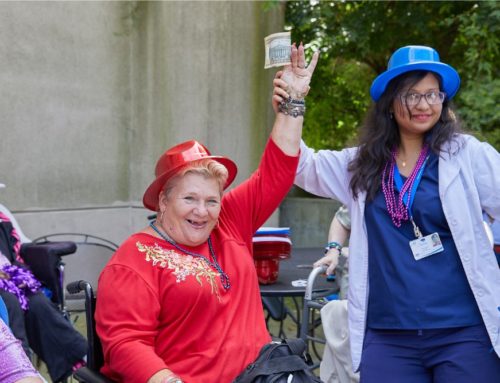
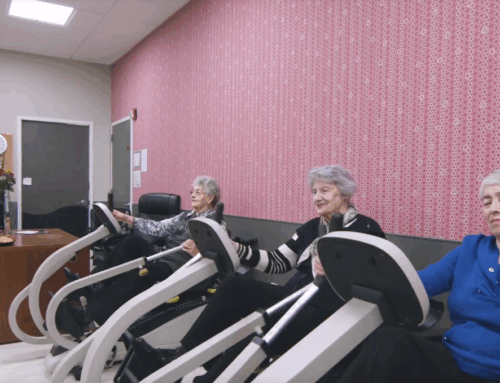
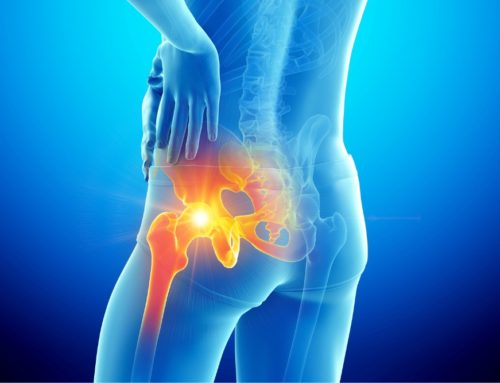
Leave A Comment